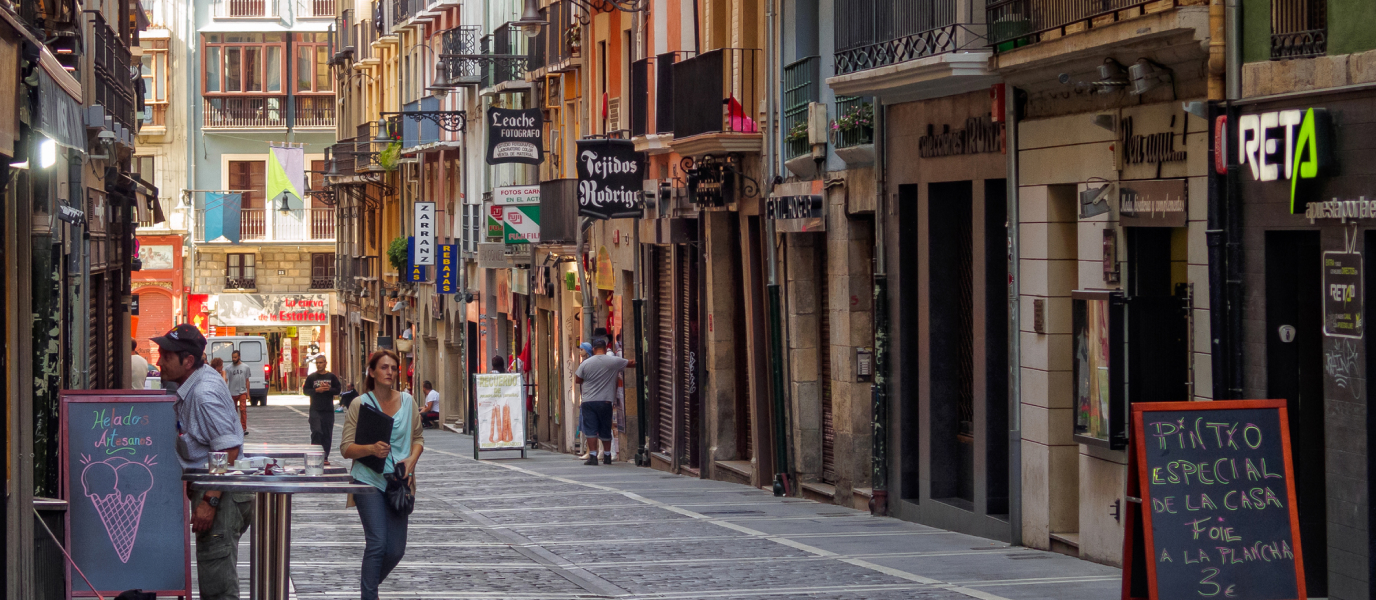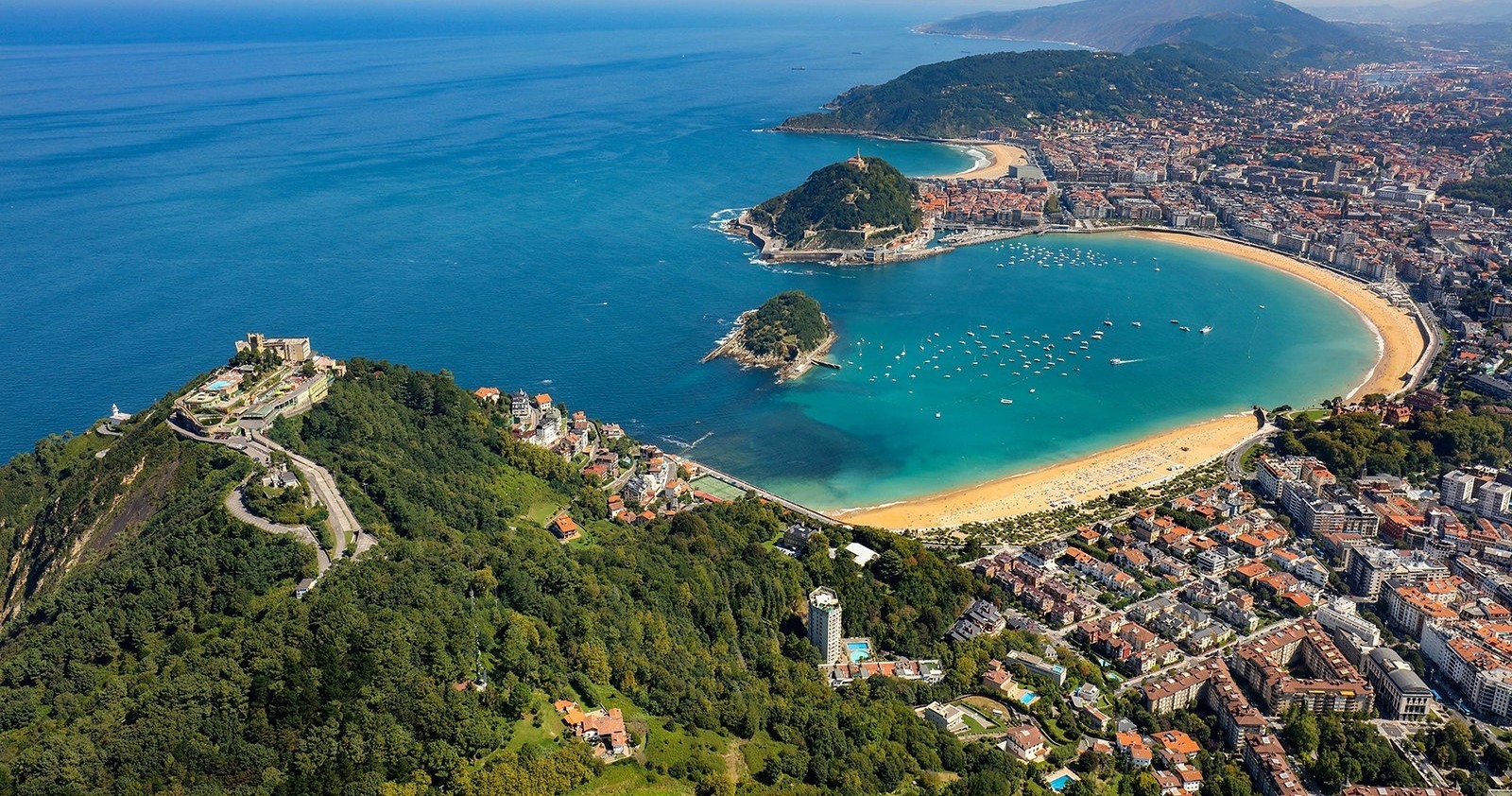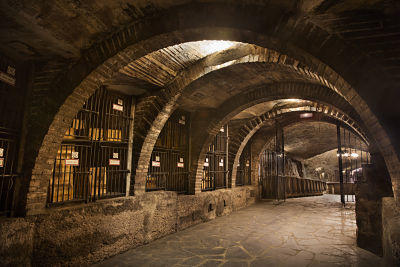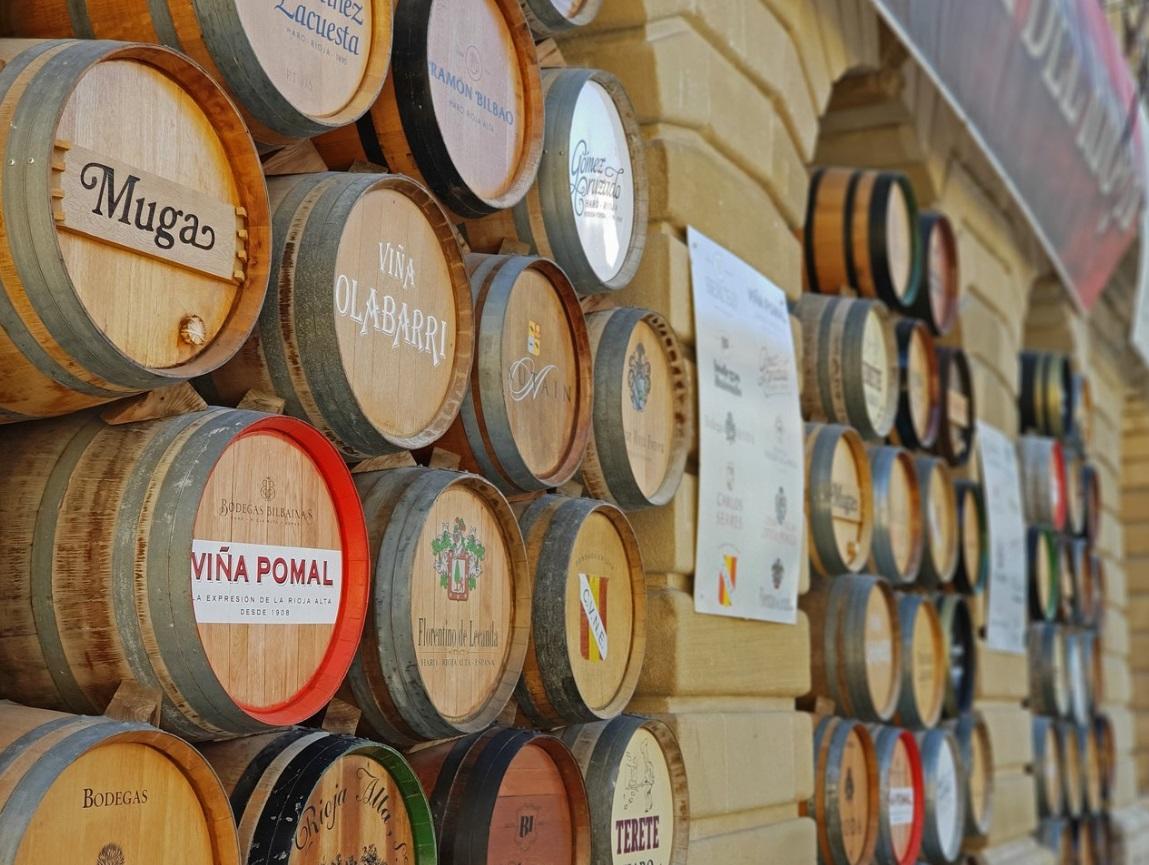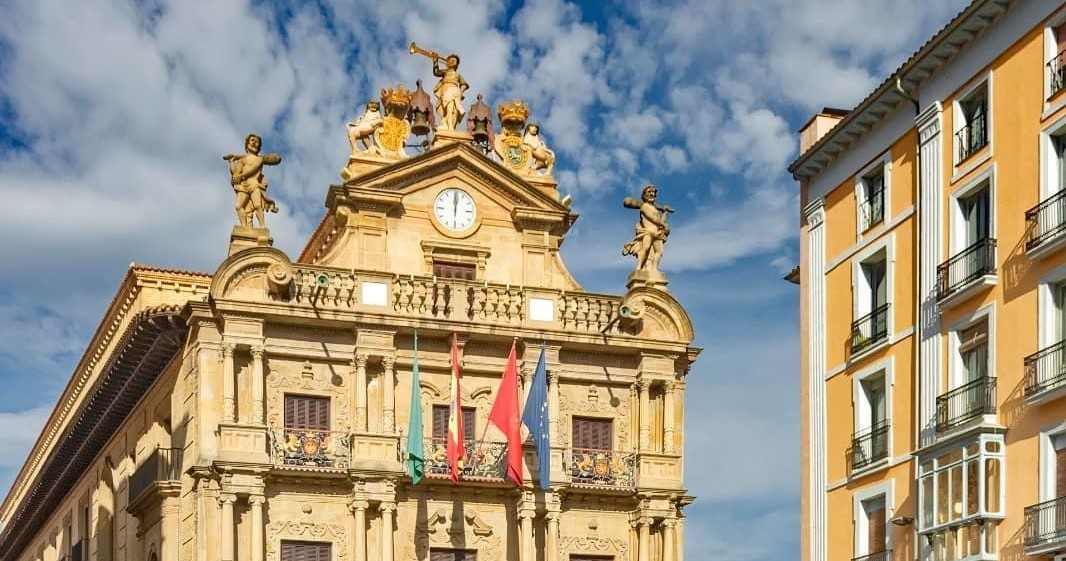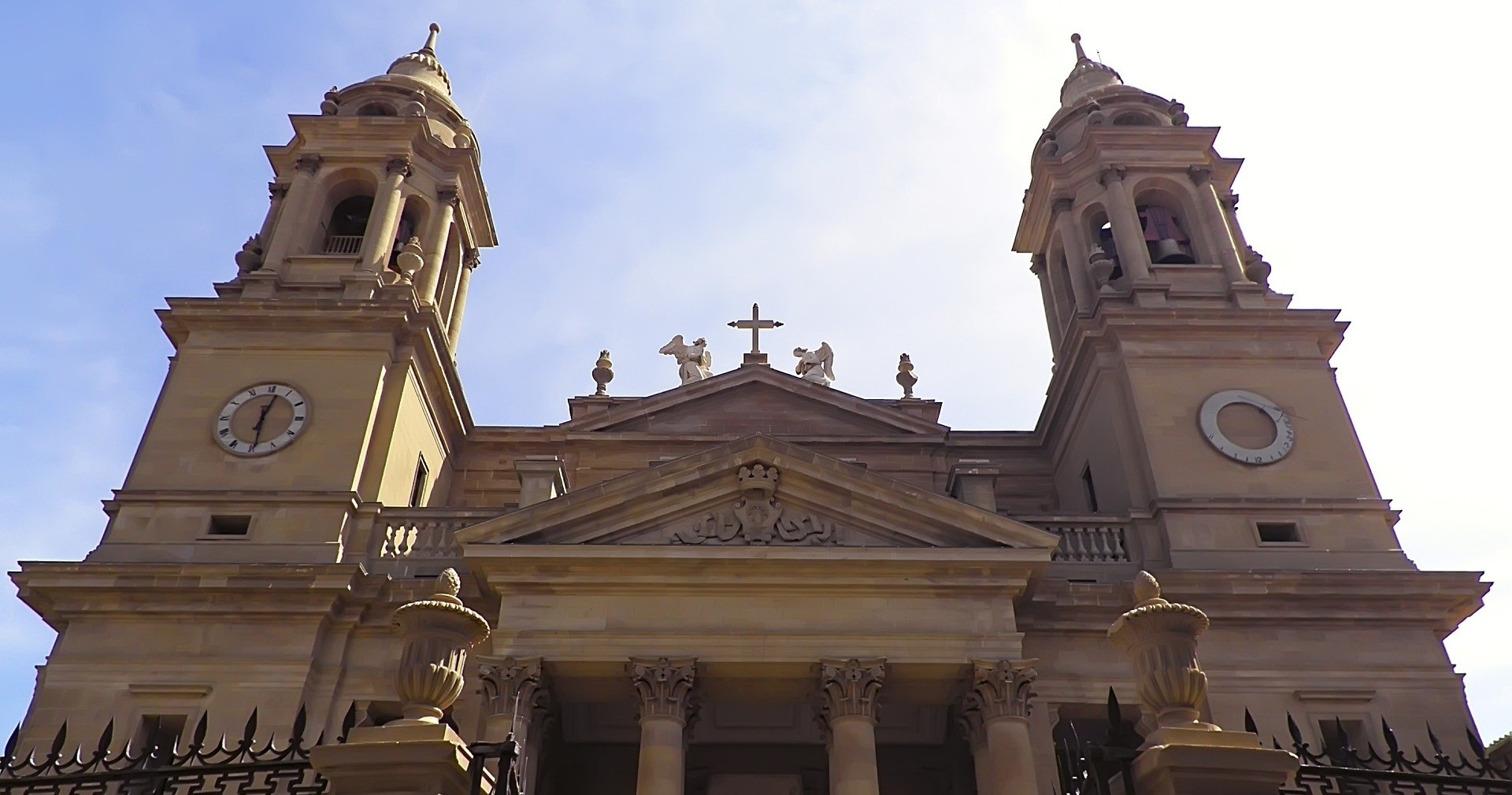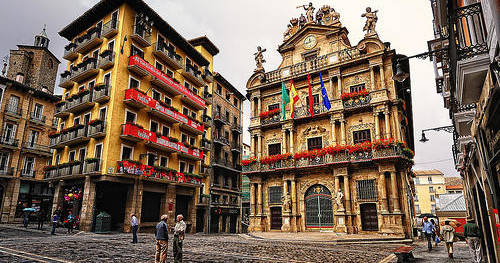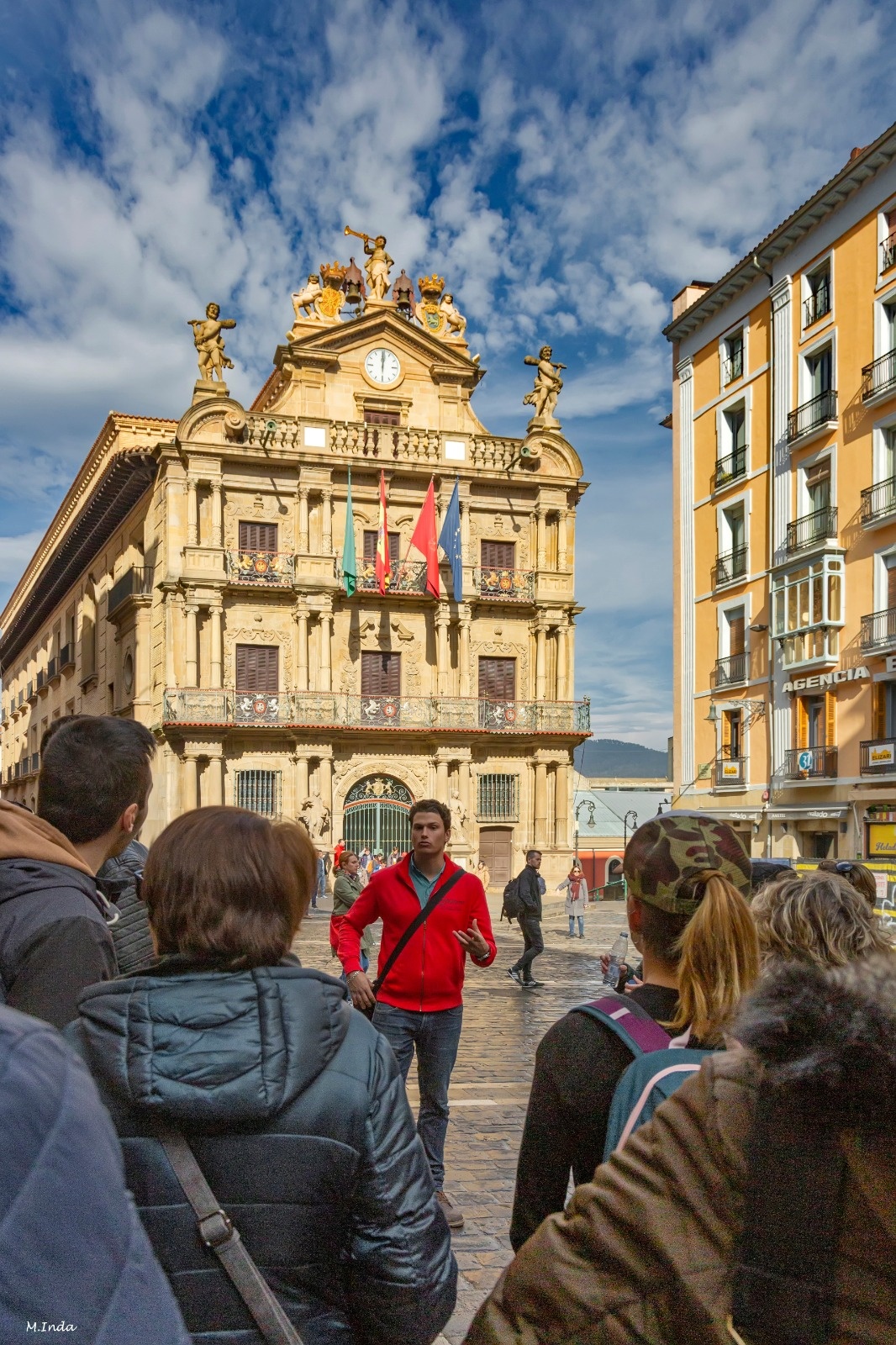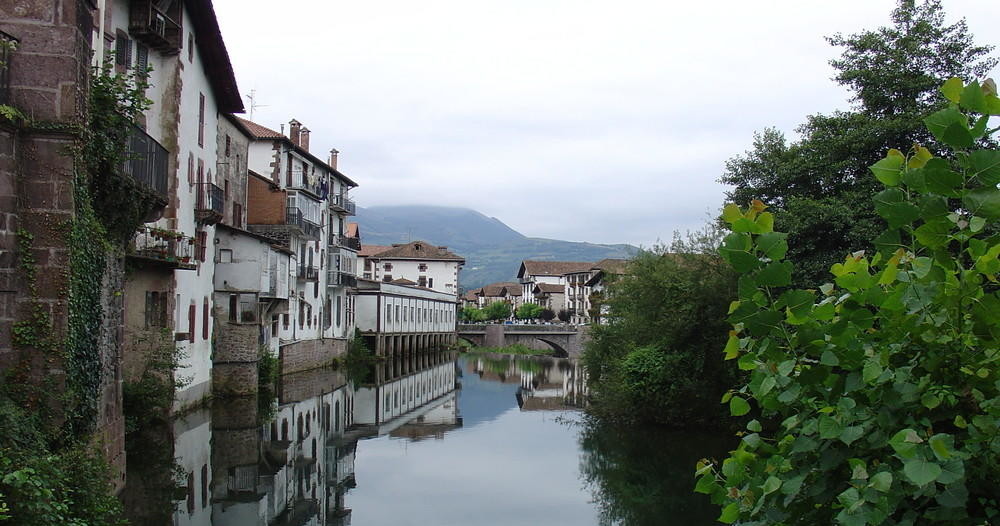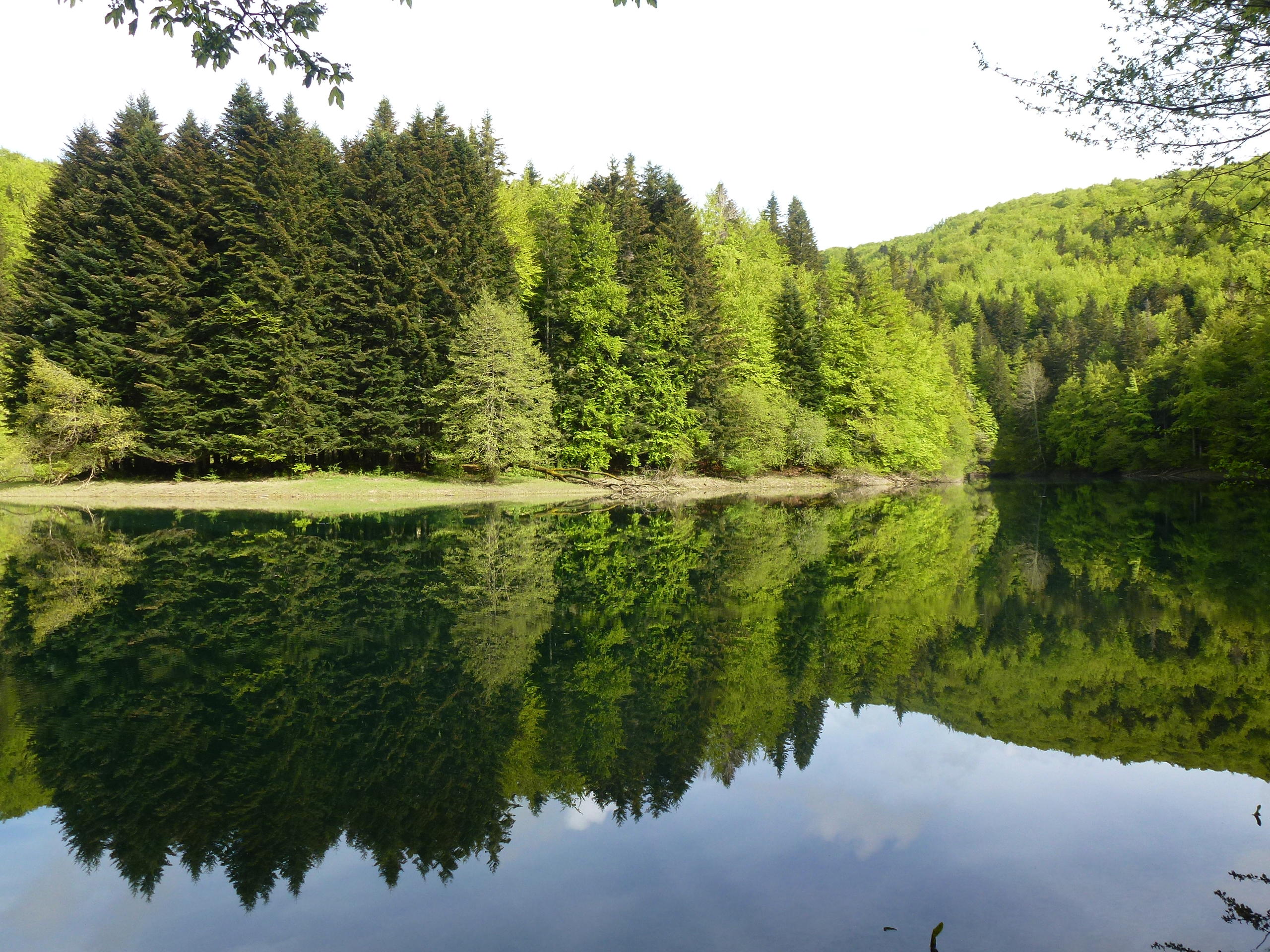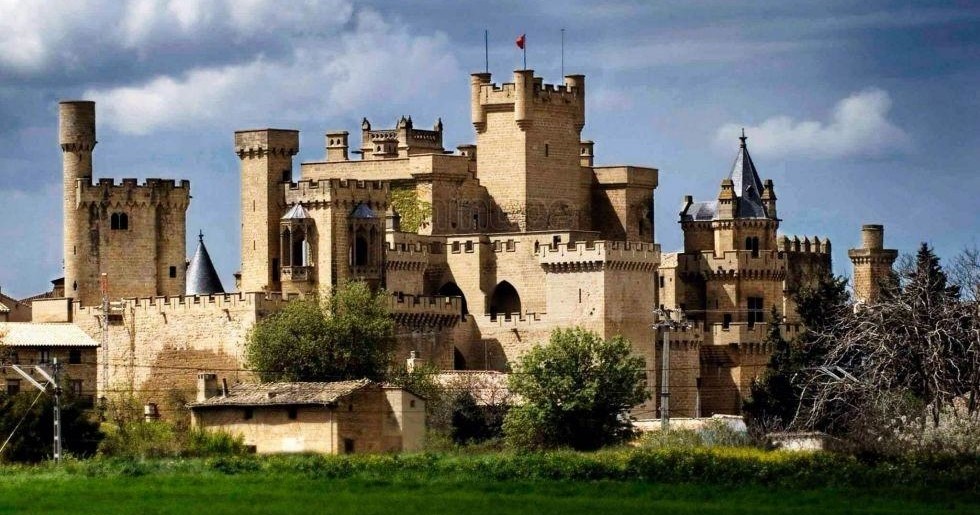The walls of Pamplona, more than five kilometres long, and the Citadel—declared a National Historic-Artistic Monument—are considered to be one of the best-preserved defensive sites in Europe Furthermore, the old town of Pamplona has a medieval layout and is made up of the ancient burghs of Navarrería, San Cernin, and San Nicolás, which were themselves fortified.
The Citadel, built between the 16th and 17th centuries by order of Philip II, is a Renaissance-style castle and is one of the main tourist attractions in the capital of Navarre. It’s located very close to the historic centre and is surrounded by Vuelta del Castillo park, the authentic green heart of Pamplona.
A good way to travel back in time to medieval times and learn more about the history of Pamplona is to walk along or on its walls and visit the Citadel. And for the sportiest of visitors, there’s a race (the Carrera de las murallas or Walls Race), in which runners run along the complex of Pamplona’s city walls.
History
For centuries, Pamplona was considered a strategic enclave for dominating the territory from France, across the Pyrenees, towards Aragon and La Rioja, which is why it has been fortified throughout history, except in specific periods.
The walls of Pamplona have endured destruction and modifications. They served as a defence and boundary between towns until 1423, when the Privilege of the Union was granted and the burghs of Navarrería, San Cernin, and San Nicolás were united. A single town was therefore formed, with a single-walled enclosure.
After a Franco-Navarrese attempt to reconquer the city taken by the Castilians in 1512, the first stones of the fortress of Santiago were laid in 1513. When Pamplona was annexed to Castile, the city became a kind of line of first defence for the Spanish crown against France and other invaders.
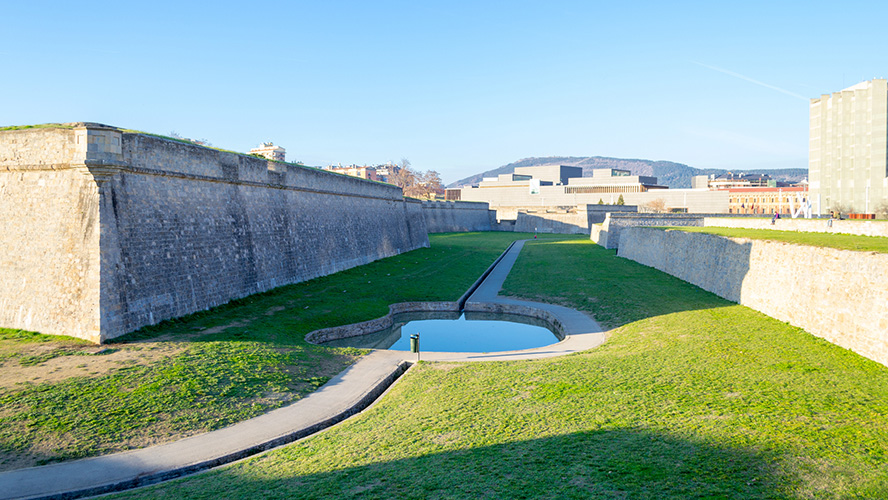
For this reason, Ferdinand the Catholic and his Habsburg descendants set about equipping the city’s defences with the most advanced technology. It was in 1571 that King Philip II ordered the construction of the Citadel, a Renaissance castle and true landmark of the fortified city. Its construction was completed in 1645.
The Citadel consists of a similar defensive complex in the shape of a regular pentagon with five bulwarks or bastions at its corners. There are also towers, ravelins, and forts. In later centuries, the walled perimeter was completed; a double enclosure of fortifications in the most exposed parts, and the outer fortifications of San Bartolomé, San Roque and El Príncipe, etc., were built.
From the 19th century onwards, the city underwent a transformation, with the widening of the city, the construction of modern buildings and the removal of the bastions of the Citadel and other elements of the fortifications in order to take its first steps towards the city as we know it today.
Restoration
When the Army handed over the Citadel to Pamplona City Council, work began on repairing and restoring the fortress after decades of decay and disuse. The year was 1966 and, thanks in part to this work, the Citadel was declared a National Historic and Artistic Monument in 1973.
Decades later, in the 21st century, a major plan for the restoration and conservation of the fortifications was launched. It is being implemented by Pamplona City Council and the Spanish Ministry of Culture, with the support of the Government of Navarre’s Prince of Viana Institution.
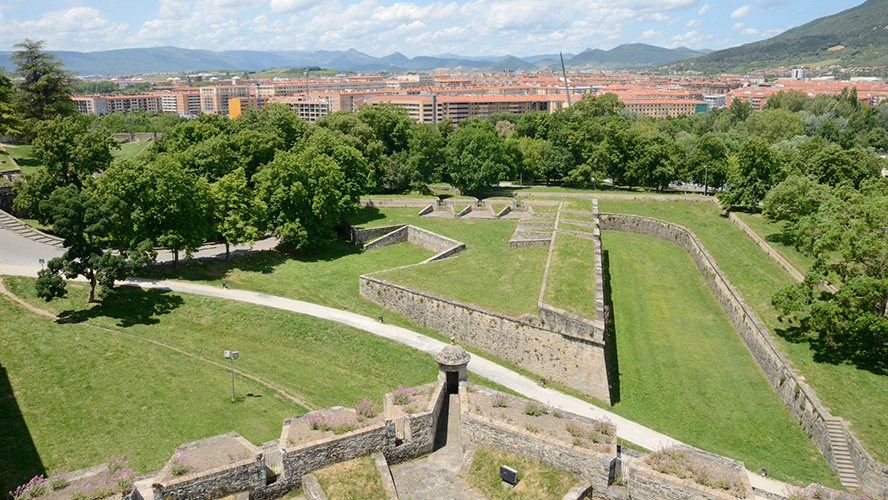
Among the works that have been carried out over the years, the construction of a new underground bus station, inaugurated in 2007, is a particular highlight. Thanks to this project, part of the Citadel was recovered as a green area, as it had been home to a car park up until that point. Also, in 2011, the rehabilitation of the outer defences of the Citadel was completed and, between 2013 and 2014, one of the oldest bastions of the walled enclosure (the Labrit bastion) was restored.
As a result of these reconstruction, repair, and restoration works, most of Pamplona’s fortified enclosure has now been restored.
Route of the Walls
The Fort of San Bartolomé (c/ Arrieta and c/ Aralar), which dates from the 18th century, is a good place to start a tour of the walls of Pamplona. This is also the site of the Fortifications Interpretation Centre, an informative space where visitors can discover the history and developments of Pamplona’s fortified complex.
From there, the route continues to the Labrit Bastion, the oldest bastion of the entire fortified enclosure and from which their visitors can enjoy a panoramic view of the city and the river Arga. Afterwards, walk along the Paseo del Obispo Barbazán until you reach the Rincón del Caballo Blanco in the Redín Bastion, one of the city’s most iconic places and a vantage point from which to admire the Renaissance defensive system. Next to the Redín Bastion is the Portal de Francia or Portal de Zumalakarregi, the only one that remains in its original location.
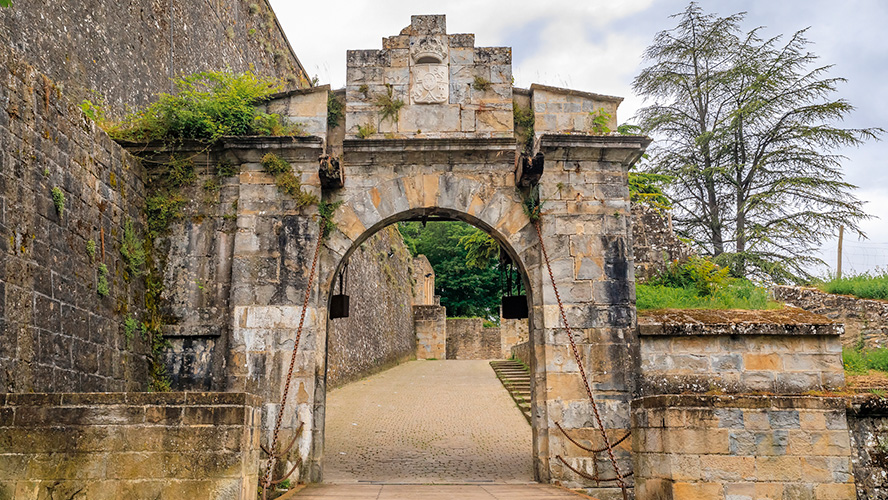
Continuing along the Paseo de Ronda, visitors will come across the General Archive of Navarre, whose original 12th-century building, created by King Sancho VI as a residence for the kings of Navarre, was renovated by the local architect Rafael Moneo. And if you go up the Portal de la Rochapea, the next stop is the Portal Nuevo, one of the most impressive entrances to Pamplona.
When you reach the Taconera Bastion, which is located in the garden that bears the same name, you come to the Portal de San Nicolás. And from there, it’s a short stroll to the end of the route of the walls of Pamplona at the Citadel.
The Walls Race
The Walls Race is another of Pamplona’s great attractions. Participants run through the walled complex during the evening and night, through iconic places steeped in history, and have the chance to gain access to passages and structures only accessible on that particular day.
There are different categories: one for children, as well as five, ten, 15 and 21 kilometre versions. The half marathon covers the entire area of the city walls: from Vuelta del Castillo park to Aranzadi park.
It usually takes place in November. In 2023 it was held on Saturday 4 November.




































































